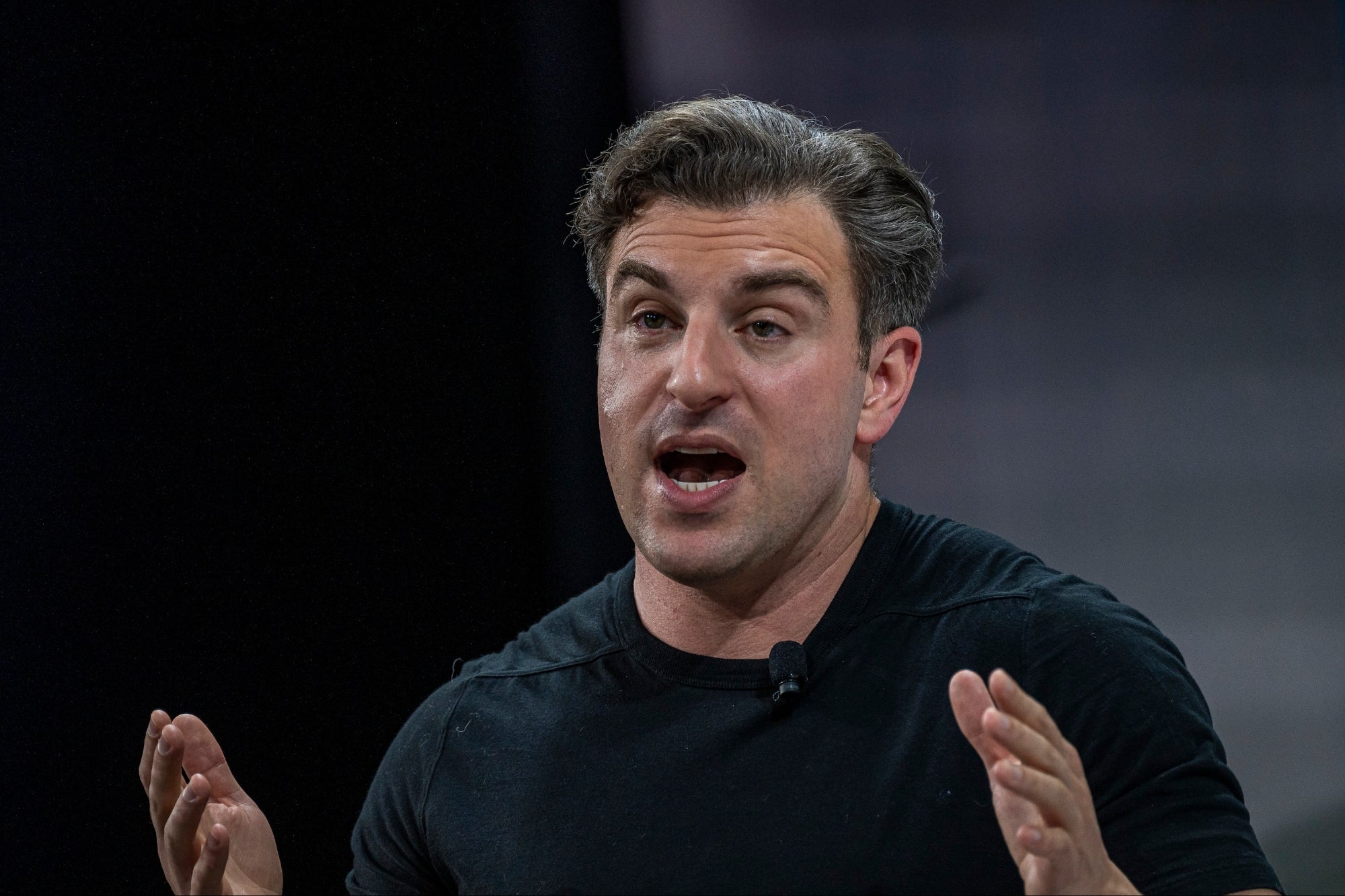AFFILIATE MARKETING
What Is Founder Mode and Why Is It Better Than Manager Mode?

Paul Graham, the founder of famed startup accelerator Y Combinator, coined a new term this week that has taken over social media: founder mode.
In an article released on September 1 and publicized on X over Labor Day weekend, Graham separates “founder mode” from the traditional “manager mode” route by noting key differences in management styles and organizational structure. Graham’s X post has over 21 million views at press time.
Related: How to Start a Multi-Million Dollar Company, According to an IBM Engineer Turned Founder
Founder mode means that the CEO interacts with employees across the organization, not just their direct reports. The startup, even as it grows into a large company, is less hierarchical; the CEO could do “skip-level” meetings with employees, for example. Graham gave the real-world example of Steve Jobs running an annual retreat for who he thought were the 100 most important people at Apple — regardless of where they were on the corporate ladder.
Manager mode, meanwhile, is less hands-on and involves more delegation to other people. Founders can grow companies and run them effectively without switching to manager mode, Graham stated.
“Hire good people and give them room to do their jobs,” Graham wrote. “Sounds great when it’s described that way, doesn’t it? Except in practice, judging from the report of founder after founder, what this often turns out to mean is: hire professional fakers and let them drive the company into the ground.”
Related: How to Start Your Dream Business This Weekend, According to a Tech CEO Worth $36 Million
Graham gave the example of Airbnb CEO Brian Chesky, who tried to follow conventional “manager mode” wisdom to hire good people and let them do their jobs.
“The results were disastrous,” Graham wrote.
Chesky had to pivot to a different “founder mode” style of management and explained in an interview last year that founders have multiple advantages over managers: They have owned every part of the process of building a company, from start to finish; They have built the company up, so they can rebuild it; and they have permission to rebrand the company or make major changes.
This is it: @bchesky on founder mode.
Three reasons why founders differ from managers:
1. Being the biological parent
2. Full permission to make change
3. Knowing how to rebuild the company pic.twitter.com/VhuQ70B8FK— Yana Welinder (@yanatweets) September 2, 2024
In the past few days since Graham released his essay, the social media world has begun exploring what it means in humorous and insightful ways. One post drew a comparison between micromanaging and founder mode.
founder mode pic.twitter.com/LWOlaFq4UJ
— ST (@seyitaylor) September 2, 2024
Other posts from women founders addressed the question: Can women be in founder mode too?
Chesky wrote on X earlier this week that women founders had been reaching out to him since Graham released the essay about how they can’t run their companies in founder mode the same way men can.
“This needs to change,” he wrote.
Remember when the female founders did founder mode and all got cancelled for it?
— Sara Mauskopf (@sm) September 3, 2024
It happened to me first — headlines portraying me as a “toxic leader” when I had to make the same, often unpopular, decisions that my male peers did without critique.
For them, it’s called Founder Mode, and it’s celebrated (a proper noun! With its own merch! And trademarks… https://t.co/rF0IM1huy3
— Sophia Amoruso 3.0 (@sophiaamoruso) September 5, 2024

![How AEO Will Impact Your Business's Google Visibility in 2026 Why Your Small Business’s Google Visibility in 2026 Depends on AEO [Webinar]](https://articles.entireweb.com/wp-content/uploads/2026/01/How-AEO-Will-Impact-Your-Businesss-Google-Visibility-in-2026-400x240.png)
![How AEO Will Impact Your Business's Google Visibility in 2026 Why Your Small Business’s Google Visibility in 2026 Depends on AEO [Webinar]](https://articles.entireweb.com/wp-content/uploads/2026/01/How-AEO-Will-Impact-Your-Businesss-Google-Visibility-in-2026-80x80.png)















